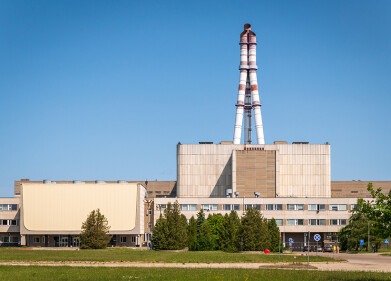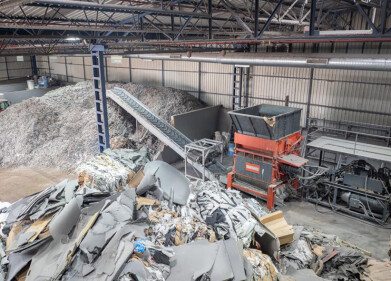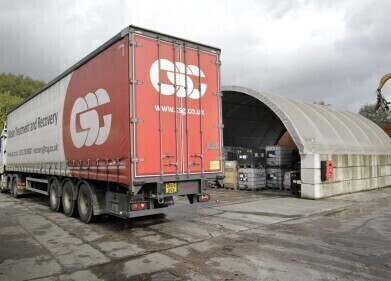Hazardous waste
Why Has California Opted for a Low Tech Clean-Up Operation?
Jul 01 2015
When California was doused in 101,000 gallons of crude oil earlier this year the Golden State was left in a slick, sticky mess. An estimated 21,000 gallons flowed into a storm drain which carried the crude out to nearby beaches and ocean. Inland, the damage was just as devastating. Yet while the disaster caused damage on an immense scale, the clean-up operation has remained surprisingly low tech.
Why? Read on for an overview of why California is taking things slow and opting for a more traditional clean-up.
Minimising environmental impact
Primarily, the choice to opt for a low tech clean-up is due to the fact that the state wants to cause as little environmental impact as possible. Rather than opt for state-of-the-art machinery or heavy duty chemicals that create more pollution, the clean-up task force is doing things largely by hand. For local wildlife the old-fashioned approach ensures that habitats and behavioural patterns remain as stable as possible. This is particularly important for the population of western snowy plovers that were faced with an oil slick right in the middle of their breeding season.
Kim McCleneghan of the state department of fish and wildlife says, “We’re more concerned about the impact of the clean-up doing more injury than the oil did originally.”
Getting down and dirty
Rocks across California’s popular Refugio state beach have been coated in oil.
Instead of blasting the crude off using high pressure machinery the clean-up crew is opting for hand held tools. They’re using shovels to remove tar balls, wire brushes to scrub rocks clean, putty knives to scrape off solidified crude and sometimes, even their bare hands. Bags upon bags of contaminated sand were hand transferred into bags, then transported away for disposal. It’s far more labour intensive than high tech solutions but when it comes to keeping the ecologically sensitive area as pristine as possible, it’s worth the extra effort.
The National Oceanic and Atmospheric Administration (NOAA) is one of a handful of agencies involved in the clean-up effort. Carl Childs, NOAA representative explains, “It’s a very labor-intensive process, but that’s where we’re at now.”
Is there an end date in sight?
Unfortunately there is no estimated date of when the clean-up may come to an end. To date Texas-based Plains All American Pipeline, the company responsible for the spill, has forked out US$65 million, with costs still spiralling. Until every drop off oil has been scoured from the Santa Barbara County coastline, the meticulous hand driven clean-up effort will continue.
Whether accidental or intentional, the environmental impact of human activity should always be meticulously analysed. New Four Year Scientific Analysis: Systemic Pesticides Pose Global Threat to Biodiversity and Ecosystem Services explores how the use of neonicotinoids and fipronil are causing significant damage to a wide range of beneficial invertebrate species, including bees.
Events
Mar 18 2025 Expo Santa Fe, Mexico
Mar 18 2025 Moscow, Russia
Mar 19 2025 Manila, Philippines
Mar 20 2025 Guangzhou, China
Mar 24 2025 National Harbour, MD, USA














